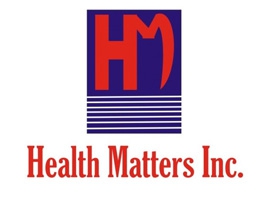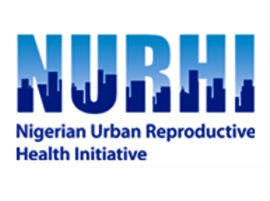Between natural birth and CS: Women speak

One proponent of natural birth said babies born vaginally receive a coating of immune-boosting microbes, and their intestines are more likely to have early colonisation with beneficial bacteria-protections than babies delivered surgically.
WHO says medical practitioners should not undertake C-sections purely to meet a given target or rate, but rather focus on the needs of patients.
“C-sections can cause significant complications, disability or death, particularly in settings which lack the facilities to conduct safe surgeries or treat potential complications.
Due to their increased cost, high rates of unnecessary C-sections can pull resources away from other services in overloaded and weak health systems.”
Ideal rate of C-sections In the last three decades, the international healthcare community considered the “ideal rate” for C-sections to be 10- 15 per cent.
New studies reveal that when C-section rates rise towards 10 per cent across a population, the number of maternal and newborn deaths decreases. But when the rate goes above 10 per cent, there is no evidence that mortality rates improve.
A number of theories exist as to why preference for C-sections is on the increase globally.
One is that pregnant women are getting older and heavier, and it is these older and heavier women that are undergoing more C-sections.
The average obstetrician sees C-sections as generally safe, but agrees that weighing risks and knowing whether surgery is necessary in a particular case—or even whether a surgery was necessary in retrospect—is much more complex.
Poor maternal health care:
In 2016, The Lancet Maternal Health Series entitled: Unequal access and low quality of maternal health care hampering progress towards Sustainable Development Goals, SDGs, described the epidemiology of maternal health, the current landscape of maternal health care and services in both high and low income countries, and future challenges and strategies to improve maternal wellbeing.
Two broad scenarios identified the landscape of poor maternal health care—the absence of timely access to quality care (defined as ‘too little, too late’) and the over-medicalisation of normal antenatal, intrapartum, and postnatal care (defined as ‘too much, too soon’).
Read more at: http://www.vanguardngr.com/2017/05/natural-birth-cs-women-speak/












